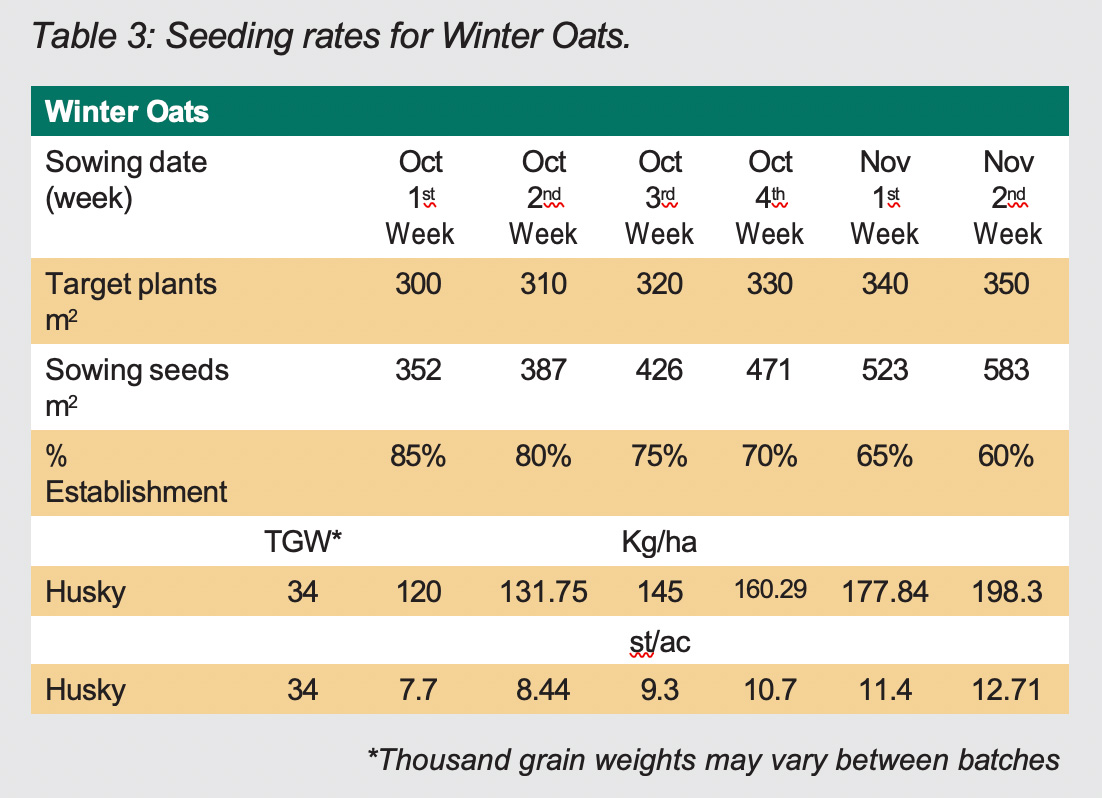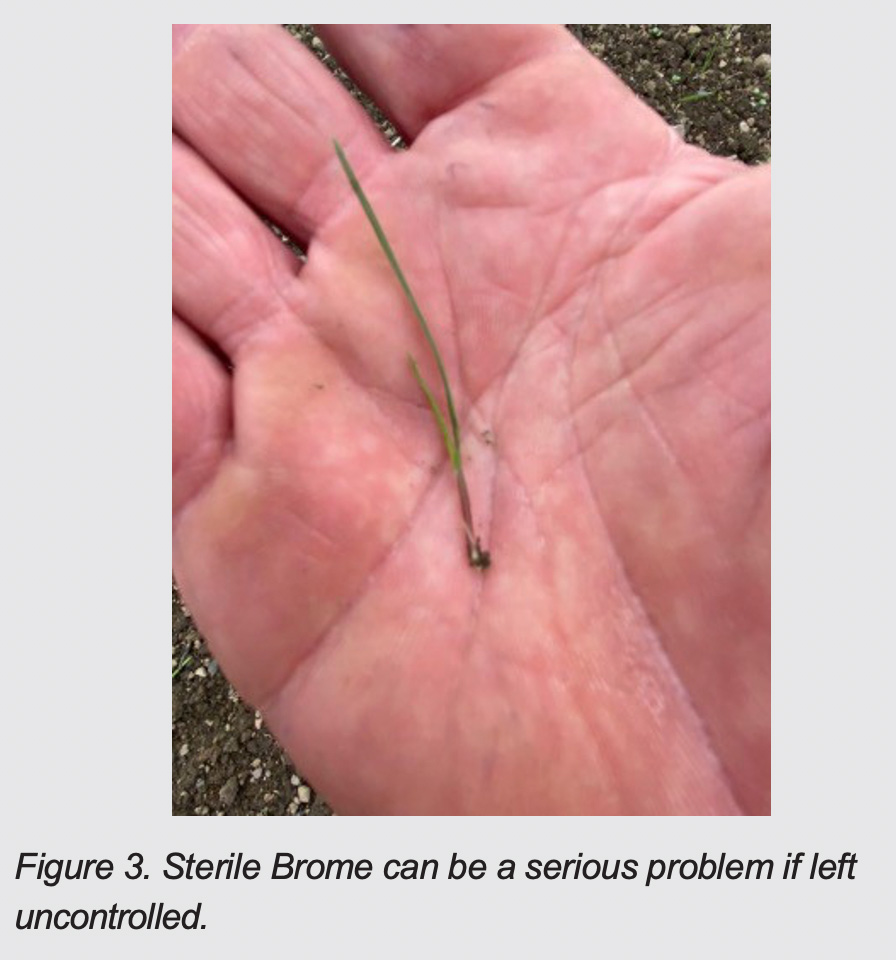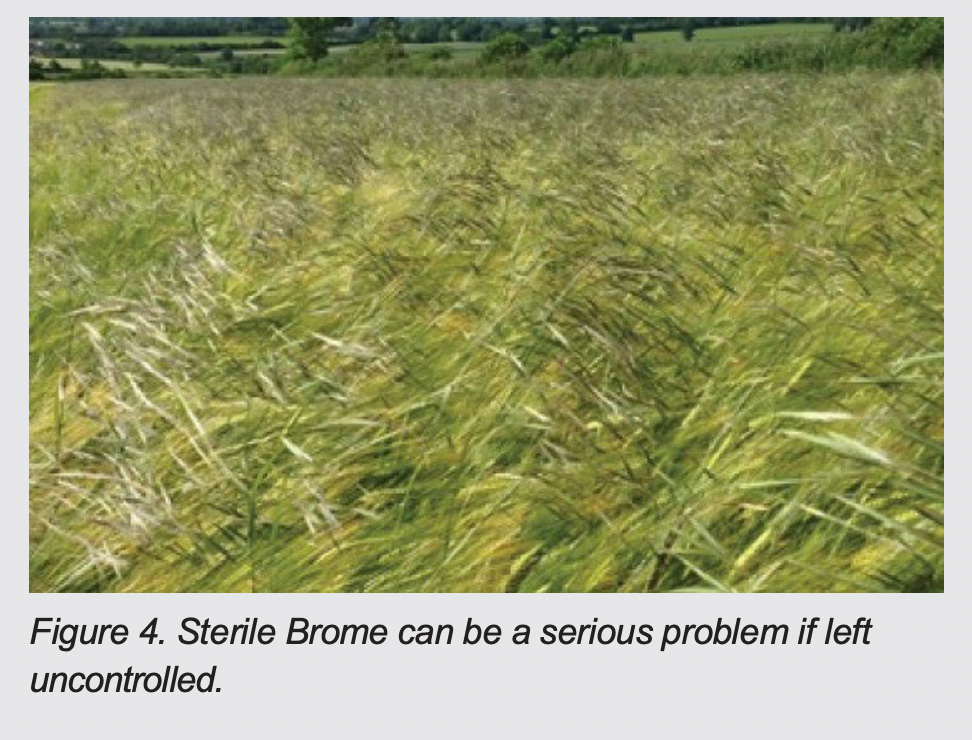 |
Oilseed rape is progressing nicely, with many crops at the 3-4 leaf stage by now. Volunteer cereals should be taken out ASAP if not done so already. Volunteer cereals in rape can check growth, by restricting the uptake of water and nutrients to the rape plant. This can be detrimental in terms of yield later in the season. During good growth periods, there is much competition between cereal and rape plants. Numerous trials conducted on volunteer cereals in rape have shown the early removal of even modest volunteer cereal infestations gave a 20% yield increase over untreated, but if left for a further two – four weeks resulted in serious yield loss. Therefore, it is important to act now. Consult your Drummonds agronomist for control options. Keep an eye out for slug damage and for the cabbage stem flea beetle.
 |
 |
The Department of Agriculture, Food and Marine have recently published the National Recommended List for winter cereals. Make sure to have a read of it and select the appropriate varieties for your farm based on agronomic merits. Some of the highlights from the list are below.
 |
||||
Spearhead
|
Torp
|
Graham
|
 |
||||
Bordeaux
|
KWS Cassia
|
KWS Tardis
|
||
Belfry
|
KWS Joyau
|
 |
||
Husky
|

A proactive approach must be taken when choosing seeding rates, with constant monitoring and adjusting required. The seed calculators shown below sets an optimum plant target to achieve full crop potential. Some of the popular varieties for wheat this autumn will include Spearhead, Torp and Graham. Contact your local Drummonds branch as soon as possible to order seed if you haven’t done so already. Where take-all is a risk in the rotation, use Latitude seed dressing.
 |
 |
 |
Where cereals have been sowed early and are at the two-leaf stage, they are ready for a herbicide and aphid spray. Tackling weeds before they suppress crop growth is important. For information on product choice, speak to your agronomist at Drummonds.
|
Product choice is key when there are Blackgrass and sterile brome issues. |
||
|
To identify Blackgrass as a young leaf there are some key characteristics:
|
To identify Sterile Brome:
|
|
 |
 |
AUTUMN AGRONOMY FOR CEREALS
In early sown crops, keep an eye out for slug populations, as their activity has increased lately. Set up bait points; place some muesli under a slate. Leave overnight and check slug numbers. If you find over 4 slugs per bait point, consider treatment. Slug pellets may be necessary in fields where there was a high volume of trash, such as those after oilseed rape or chopped straw. A fine, firm seedbed which is rolled after planting can reduce numbers significantly.
The addition of pre-emergence herbicides is one of the best choices you can make for controlling weeds on your farm. Applying a programme of different herbicide modes of action will maximise weed control on farm. Flufenacet, Diflufenican and Metribuzin type products offer good control against groundsel, field pansy, speedwells and mayweeds. Where blackgrass is an issue, consider adding Avadex (pre-emergence only) to the programme. This is an alternative mode of action commonly used in grass weed control programmes and offers a wide spectrum of control.
Aphid numbers are also very high at the minute. Soil temperatures are up 2-3 degrees higher compared to this time last year. Take-all risk is high, so it is important to get your rotations correct to avoid this yield-robbing disease.
NEW IMPORTANT FERTILISER REGULATIONS
There is new P and K regulations. A recent change to the nitrates regulations requires all fields involved in crop production to have up to date soil tests. Without a valid soil test, P indices will be assumed to be index 4 resulting in a zero P allowance. Where soil pH is over 7, there is an allowance of 20kg/P/ha. As there will be a vast number of soils getting tested due to this amendment, please contact Drummonds as soon as possible to get your soil testing carried out. There is still time to get your soils sampled for pH and nutrient status. Do this as soon as possible before the weather becomes wet and before any fertiliser is applied.
Where cereals are sown into low P and K indices fields, consider seedbed fertilisation.

